Home>Garden Essentials>How To Save Bitter Melon Seeds
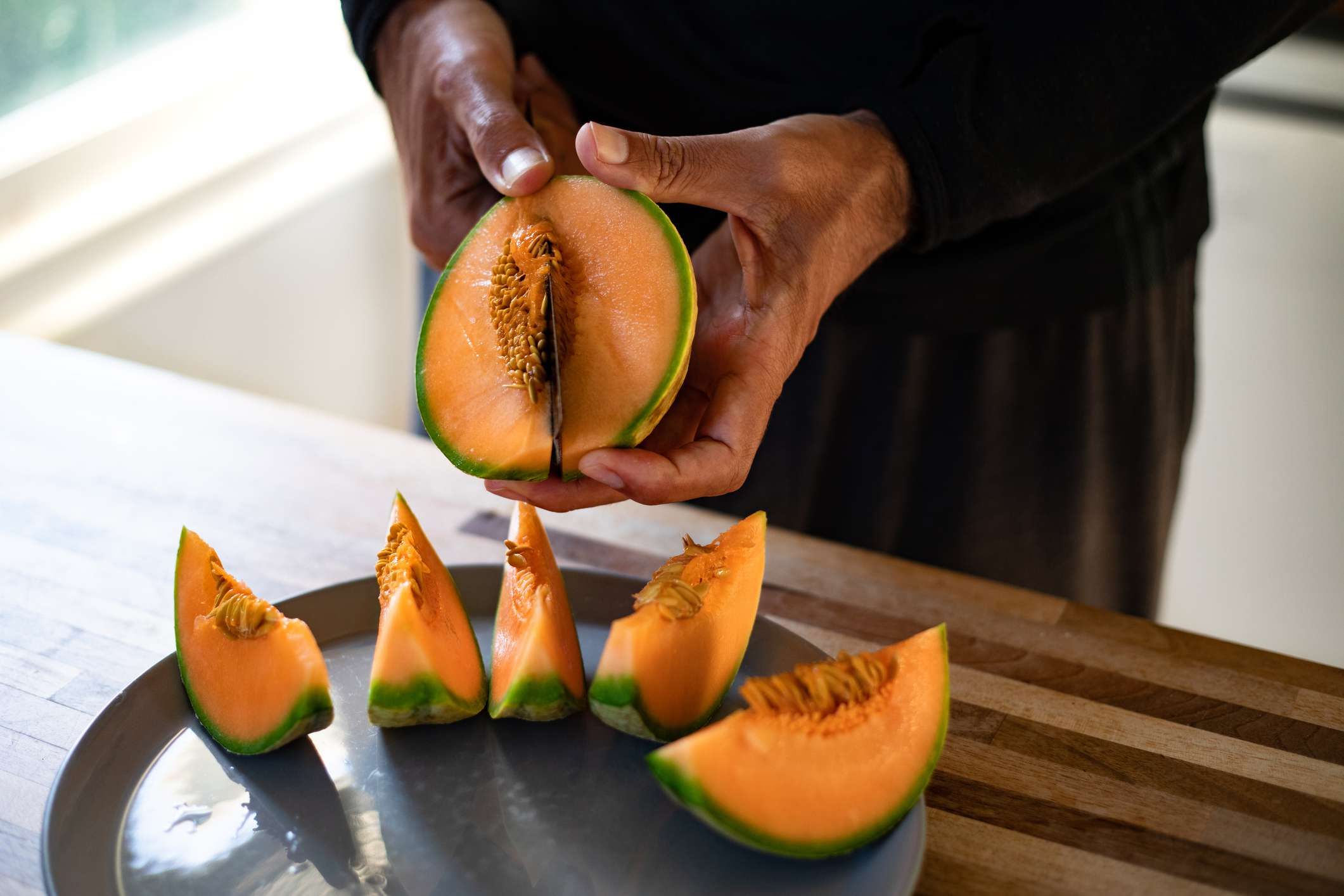

Garden Essentials
How To Save Bitter Melon Seeds
Modified: March 23, 2024
Learn how to save bitter melon seeds and add them to your garden. Discover easy techniques for preserving these seeds for future growth.
(Many of the links in this article redirect to a specific reviewed product. Your purchase of these products through affiliate links helps to generate commission for Storables.com, at no extra cost. Learn more)
Introduction
Growing your own vegetables can be a rewarding and cost-effective way to enjoy fresh produce. If you’re a fan of bitter melon and want to save its seeds for future planting, you’ve come to the right place. Bitter melon, also known as bitter gourd or karela, is a unique vegetable with a slightly bitter taste, often used in various cuisines for its health benefits.
In this article, we will guide you through the process of saving bitter melon seeds, ensuring that you can continue growing this tasty vegetable year after year. Whether you’re a seasoned gardener or new to the world of gardening, these simple steps will help you harvest, clean, dry, and store bitter melon seeds effectively.
Before we jump into the process, it’s crucial to understand why saving bitter melon seeds is essential. Not only does it save you money by eliminating the need to purchase new seeds each year, but it also allows you to maintain the integrity of the specific variety you’re growing. By saving seeds from your own plants, you ensure that the next generation retains the desired traits, such as flavor, size, and resistance to pests and diseases.
Now that you know the benefits of saving bitter melon seeds, let’s dive into the step-by-step process so you can start building your collection of seeds.
Key Takeaways:
- Save money and preserve your favorite bitter melon traits by harvesting, cleaning, and storing seeds. Enjoy homegrown bitter melon for years to come with these simple gardening steps.
- Harvest mature bitter melon fruits, carefully extract and clean the seeds, then store them in a cool, dry place. By following these steps, you can ensure a continuous supply of this unique vegetable.
Read more: How To Plant Bitter Melon Seeds
Step 1: Harvesting Bitter Melon
The first step in saving bitter melon seeds is to harvest the mature fruits from your plants. Bitter melon vines can produce both male and female flowers, but only the female flowers develop into fruits. It’s important to wait until the fruit is fully mature before harvesting to ensure that the seeds inside are mature and viable.
Here’s how to harvest bitter melon:
- Observe the color and size: Bitter melon fruits are typically green and oblong in shape. Wait until the fruit has turned a deep green or yellow and has grown to its full size, usually around 6 to 8 inches in length.
- Check for firmness: Gently press the fruit with your fingers. It should feel firm and slightly springy. Avoid harvesting fruits that are too soft or mushy, as the seeds inside may not be fully developed.
- Use sharp pruning shears or a knife: Cut the fruit off the vine, leaving a short stem attached. Be careful not to damage the fruit or the vine while harvesting.
Once you’ve harvested the bitter melon fruits, it’s time to move on to the next step: extracting the seeds.
Step 2: Extracting Seeds from Bitter Melon
Now that you have harvested the mature bitter melon fruits, it’s time to extract the seeds. This process involves removing the seeds from the fruit’s flesh, allowing you to save them for future planting. Here’s how you can extract the seeds:
- Cut the bitter melon in half: Use a sharp knife to cut the fruit lengthwise, from the stem end to the bottom.
- Scoop out the seeds: Use a spoon or your fingers to gently scoop out the seeds from the bitter melon’s cavity. Place the seeds in a bowl or container.
- Separate the seeds from the pulp: Rinse the seeds under cold water to remove any remaining flesh. Gently rub the seeds between your fingers to separate them from the pulpy residue.
- Continue separating the seeds: If there are still bits of pulp clinging to the seeds, you can fill a bowl with water and agitate the seeds gently. The pulpy debris will float to the surface, making it easier to separate the seeds.
It’s important to note that bitter melon seeds are covered in a slimy coating when extracted, which can inhibit germination. To remove this coating and improve germination rates, we move on to the next step: cleaning and preparing the seeds.
Step 3: Cleaning and Preparing the Seeds
After extracting the seeds from the bitter melon, it’s essential to clean and prepare them properly to remove any impurities and improve germination. Here’s how you can clean and prepare bitter melon seeds:
- Rinse the seeds: Start by rinsing the seeds under running water. Use your fingers to gently rub the seeds, removing any remaining pulp or debris.
- Soak the seeds: Fill a bowl with water and place the seeds in it. Allow the seeds to soak for 24 to 48 hours. This soaking process helps remove the slimy coating and improves germination.
- Change the water: After the designated soaking period, discard the soaking water and refill the bowl with fresh water. Rinse the seeds again to ensure they are clean and free from any residue.
- Inspect the seeds: Examine the seeds carefully and remove any damaged or discolored ones. Healthy seeds are typically plump, firm, and have a uniform color.
- Dry the seeds: Lay the cleaned seeds on a paper towel or a clean, dry surface in a single layer. Allow the seeds to air dry completely before moving on to the next step. This drying process ensures that the seeds are free from moisture, preventing mold or rot during storage.
Now that your bitter melon seeds are clean and dry, we can proceed to the next step: drying them.
After harvesting bitter melon, scoop out the seeds and place them in a bowl of water. Let them ferment for a few days, then rinse and dry them thoroughly before storing in a cool, dry place.
Step 4: Drying the Bitter Melon Seeds
Drying the bitter melon seeds is a crucial step in preserving their viability and preventing mold or rot during storage. Properly dried seeds have a longer shelf life and are more likely to germinate successfully. Follow these steps to dry your bitter melon seeds:
- Spread the seeds: Place the clean and dry bitter melon seeds on a clean paper towel or a drying screen. Ensure that the seeds are spread out in a single layer and not touching each other. This allows for proper air circulation and helps prevent moisture buildup.
- Select a well-ventilated area: Choose a well-ventilated area with low humidity for drying the seeds. Avoid direct sunlight, as it can affect the seed’s viability. A warm, dry room or a shaded outdoor area is ideal.
- Allow for sufficient drying time: The drying process can take anywhere from one to two weeks. During this time, periodically check the seeds for any signs of moisture. If you notice any dampness, continue the drying process until the seeds are completely dry and brittle.
- Test for dryness: To ensure that the seeds are adequately dried, perform a “snap test.” Take a seed and try to snap it in half with your fingers. If it breaks cleanly, without any bending or moisture, the seeds are dry and ready for storage. If the seed bends or feels soft, continue drying until they reach the desired level of dryness.
Once your bitter melon seeds are fully dried, it’s time to move on to the final step: storing them for future use.
Read more: How To Store Bitter Melon
Step 5: Storing Bitter Melon Seeds for Future Use
The final step in the process of saving bitter melon seeds is storing them properly to maintain their viability and ensure successful germination in the future. Follow these guidelines to store your bitter melon seeds:
- Use airtight containers: Transfer the completely dried bitter melon seeds to airtight containers, such as glass jars or small seed envelopes. Make sure the containers are clean and dry before adding the seeds.
- Label the containers: Clearly label each container with the variety and year of the seeds. This will help you keep track of the seeds and maintain their identity for future planting.
- Store in a cool, dry place: Choose a cool, dry location for storing the seeds. Ideally, the temperature should be between 32°F and 41°F (0°C and 5°C) to maintain seed viability for an extended period.
- Avoid direct sunlight and moisture: Protect the seeds from direct sunlight, as it can degrade their quality. Additionally, keep the seeds away from moisture, as excess moisture can cause mold growth and damage the seeds.
- Check for viability: Every year, before the planting season, perform a viability test on a small sample of seeds to ensure their germination rate. If the seeds fail the test, you may need to obtain fresh seeds or adjust your storage methods for future harvests.
By properly storing your bitter melon seeds, you can enjoy a continuous supply of this unique vegetable year after year. Be sure to monitor the conditions of your storage area periodically and replace any seeds that show signs of deterioration.
Congratulations! You have successfully learned how to save bitter melon seeds. With these steps in mind, you can continue growing and harvesting this wonderful vegetable for many seasons to come.
Happy gardening!
Conclusion
Saving bitter melon seeds is a rewarding and cost-effective way to ensure a steady supply of this unique vegetable in your garden. By following the step-by-step process of harvesting, extracting, cleaning, drying, and storing the seeds, you can enjoy the benefits of homegrown bitter melon for years to come.
Remember, harvesting mature bitter melon fruits is crucial to obtaining viable seeds. Extraction should be done carefully, separating the seeds from the fruit’s flesh and removing the slimy coating. Cleaning and preparing the seeds involve rinsing, soaking, and drying them to improve their germination rates and storage life. Lastly, storing the seeds in a cool, dry place in airtight containers will help maintain their viability for future planting.
By saving bitter melon seeds, you not only save money but also have the opportunity to preserve specific varieties with desired traits. This ensures that your next generation of plants will retain the unique characteristics and flavors you love.
So, why not give it a try? Start saving your bitter melon seeds today and watch your garden flourish with this nutritious and delicious vegetable. Happy gardening!
Frequently Asked Questions about How To Save Bitter Melon Seeds
Was this page helpful?
At Storables.com, we guarantee accurate and reliable information. Our content, validated by Expert Board Contributors, is crafted following stringent Editorial Policies. We're committed to providing you with well-researched, expert-backed insights for all your informational needs.
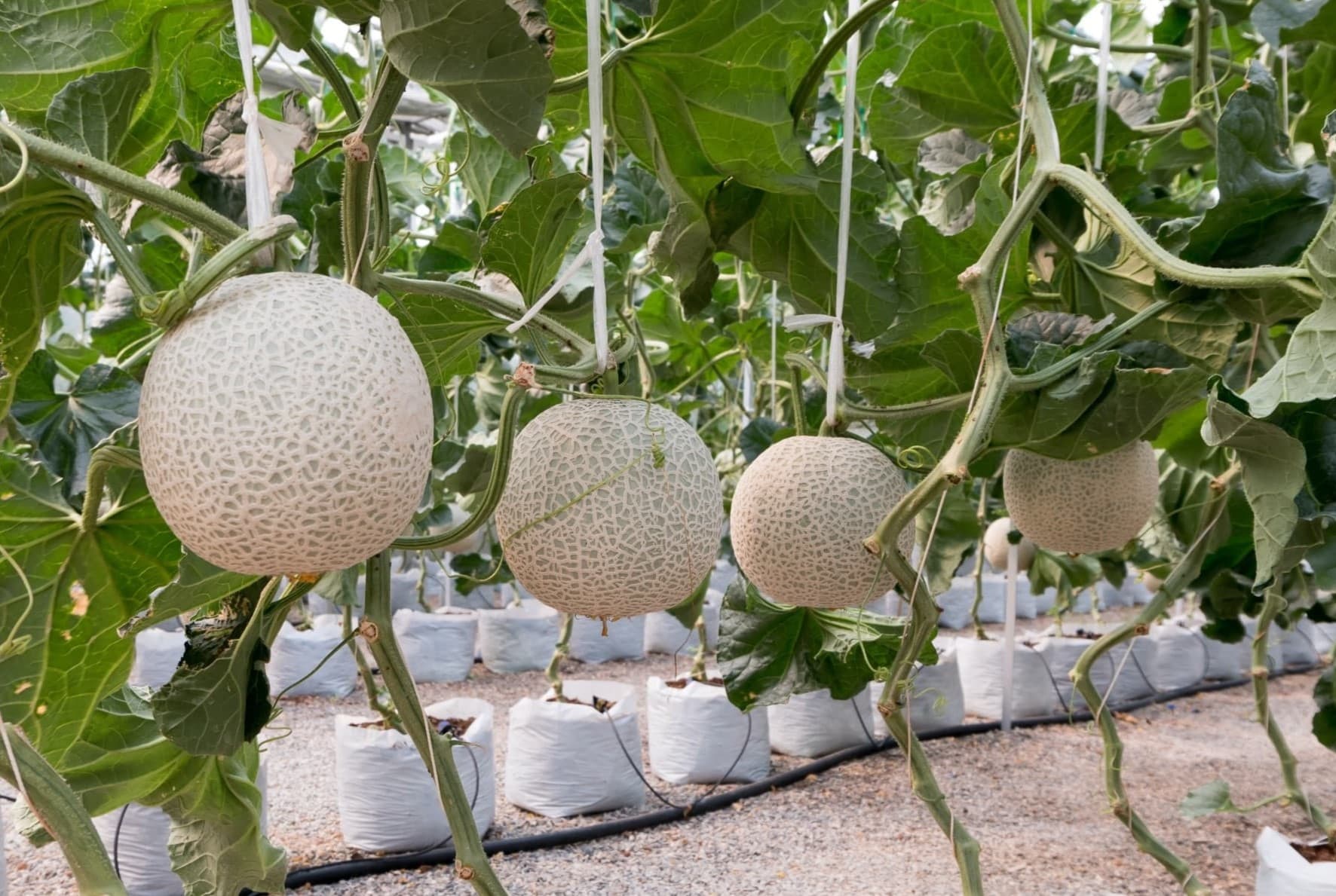
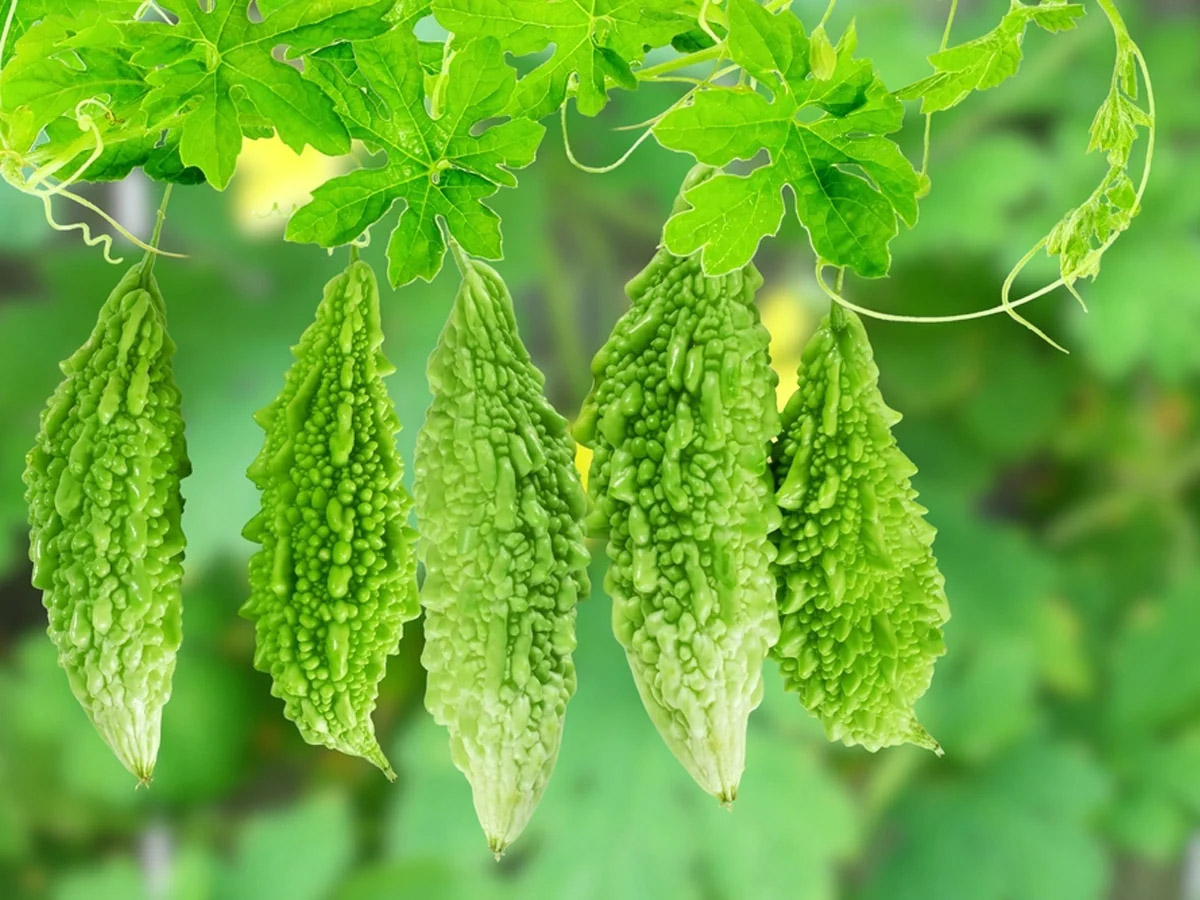
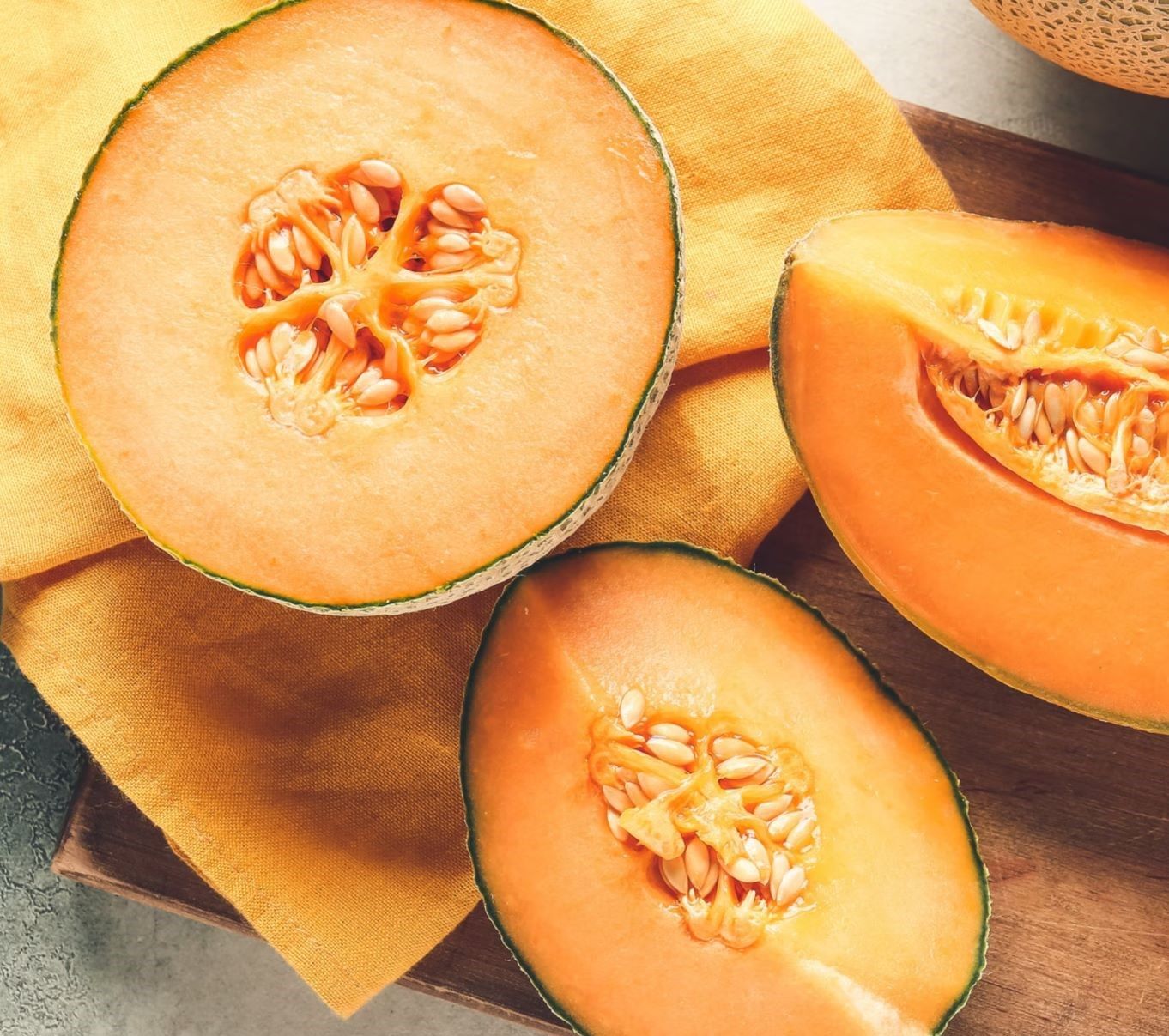
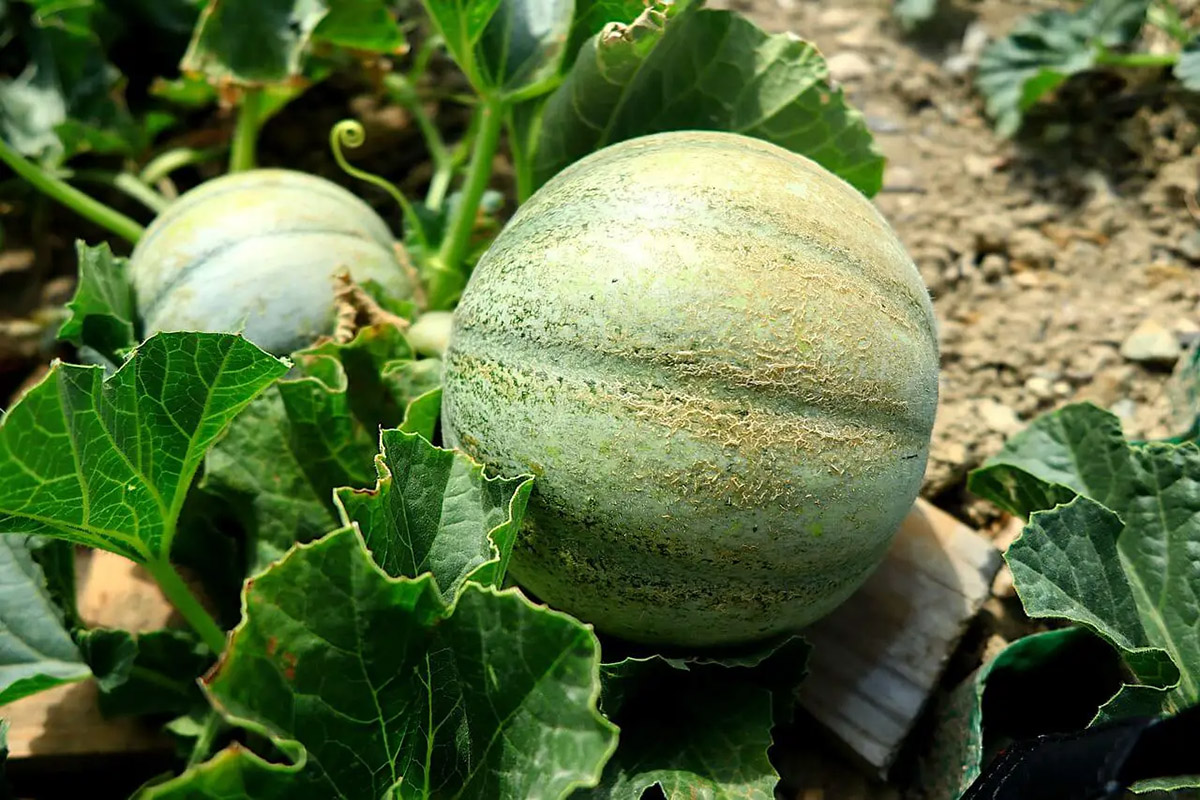
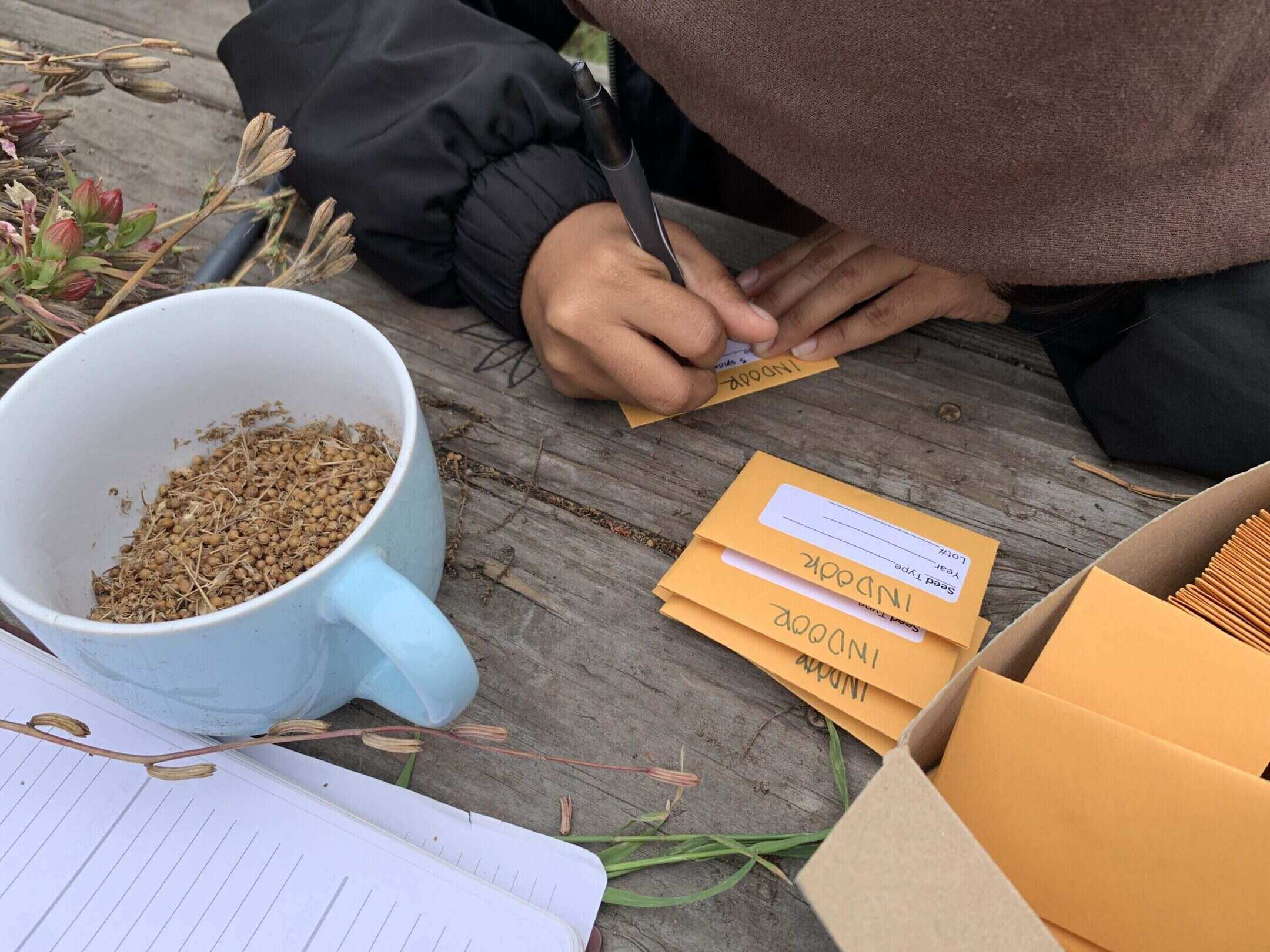
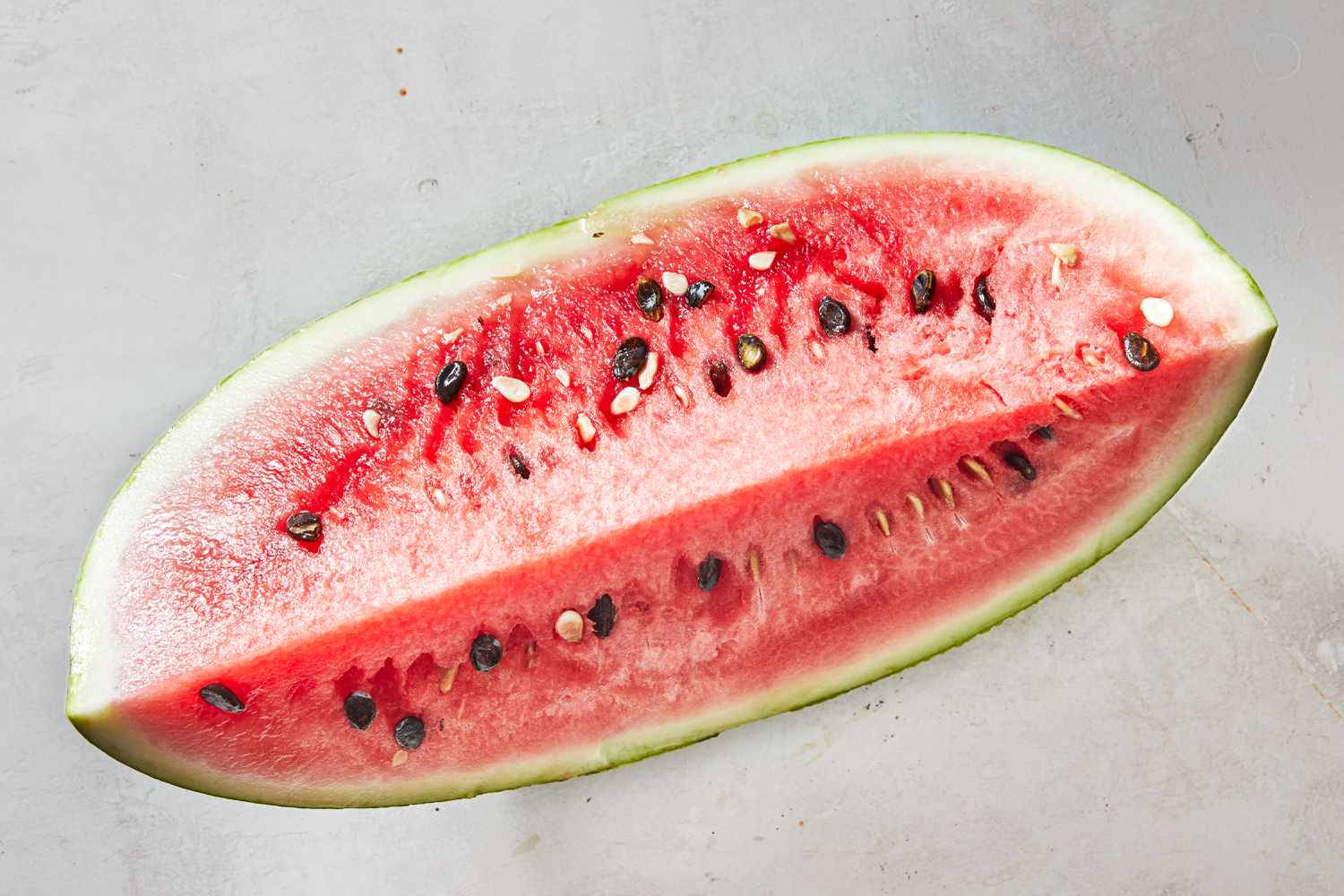
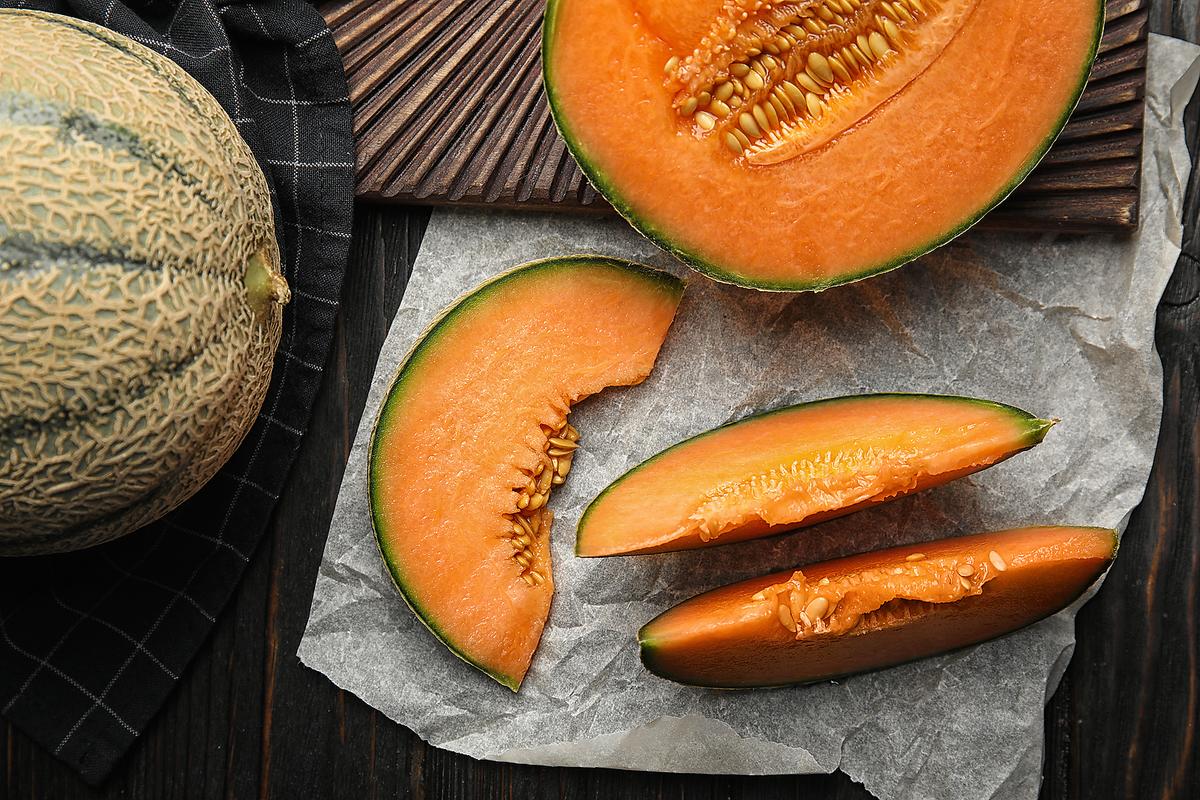
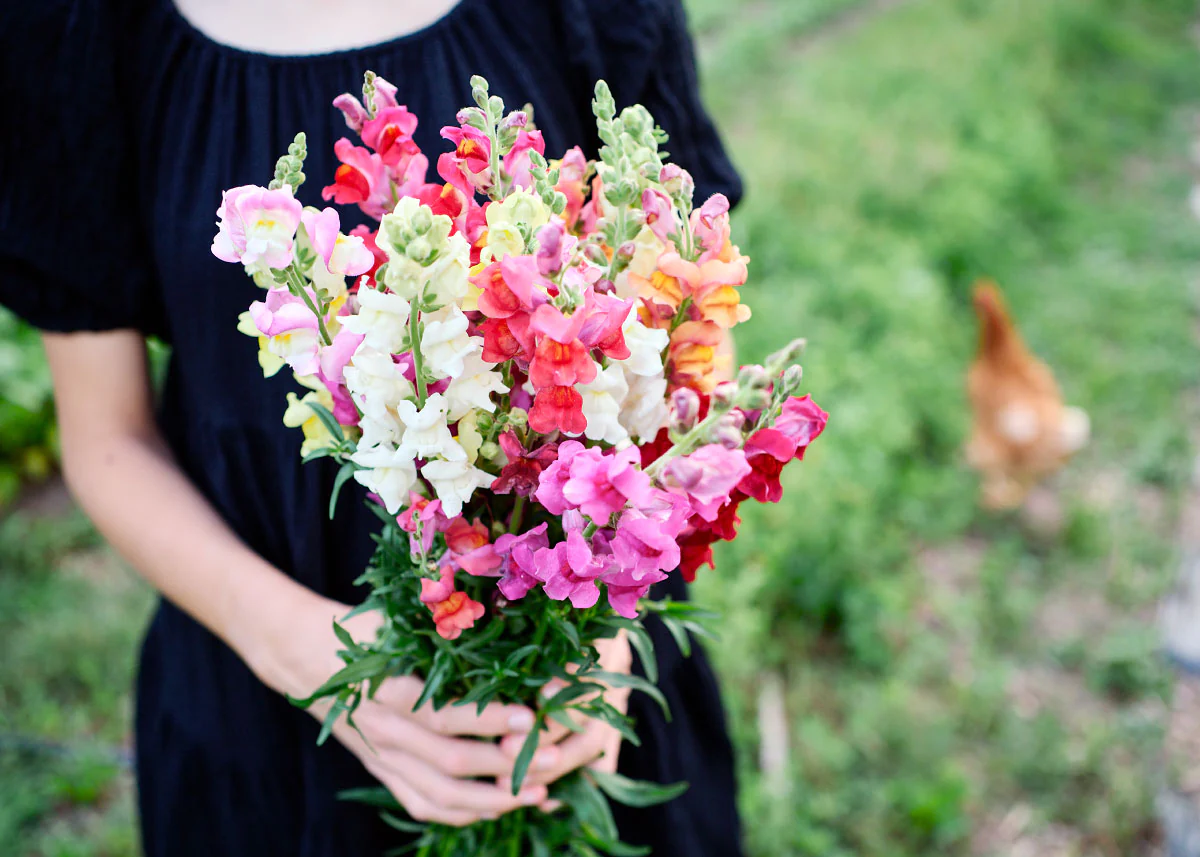
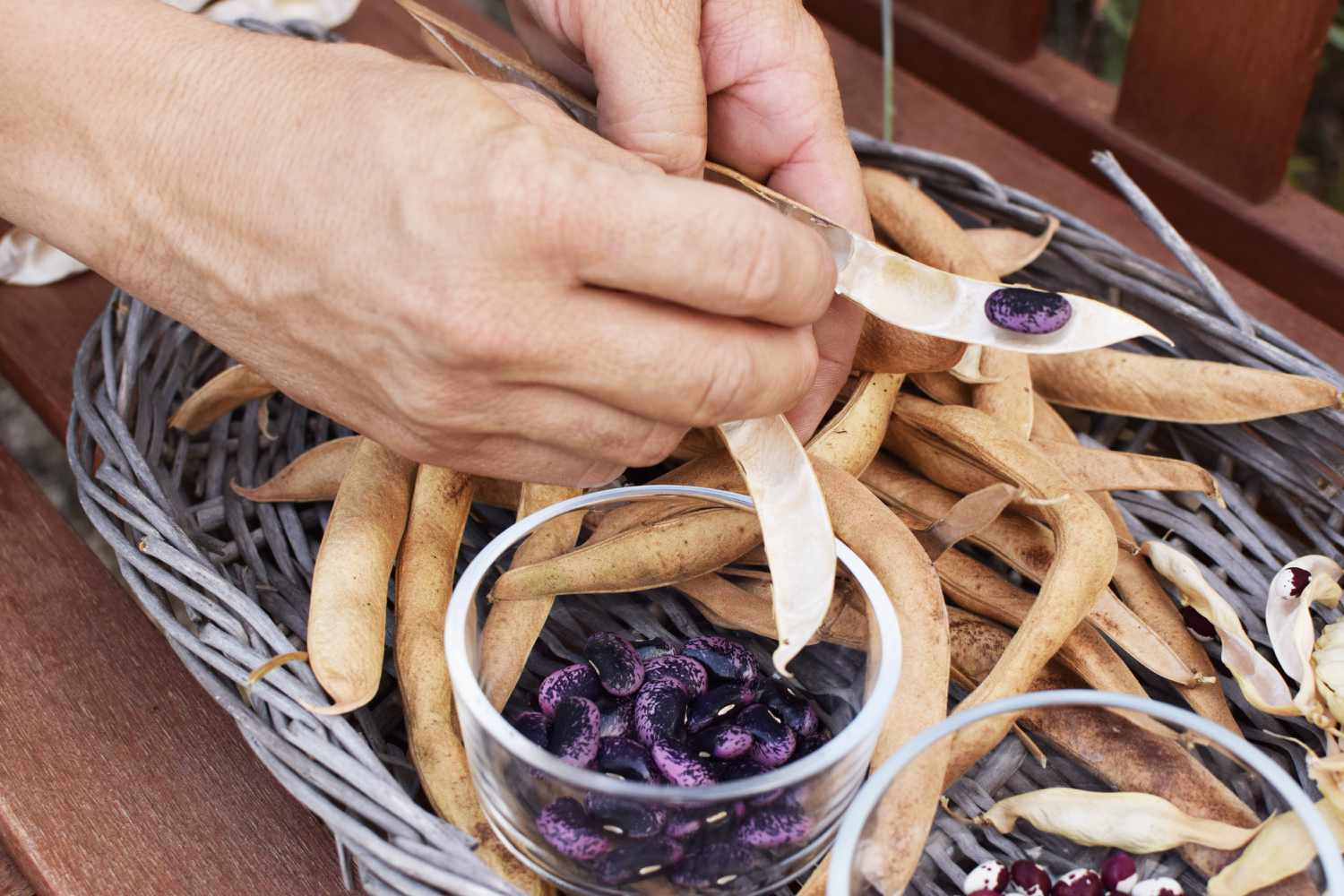
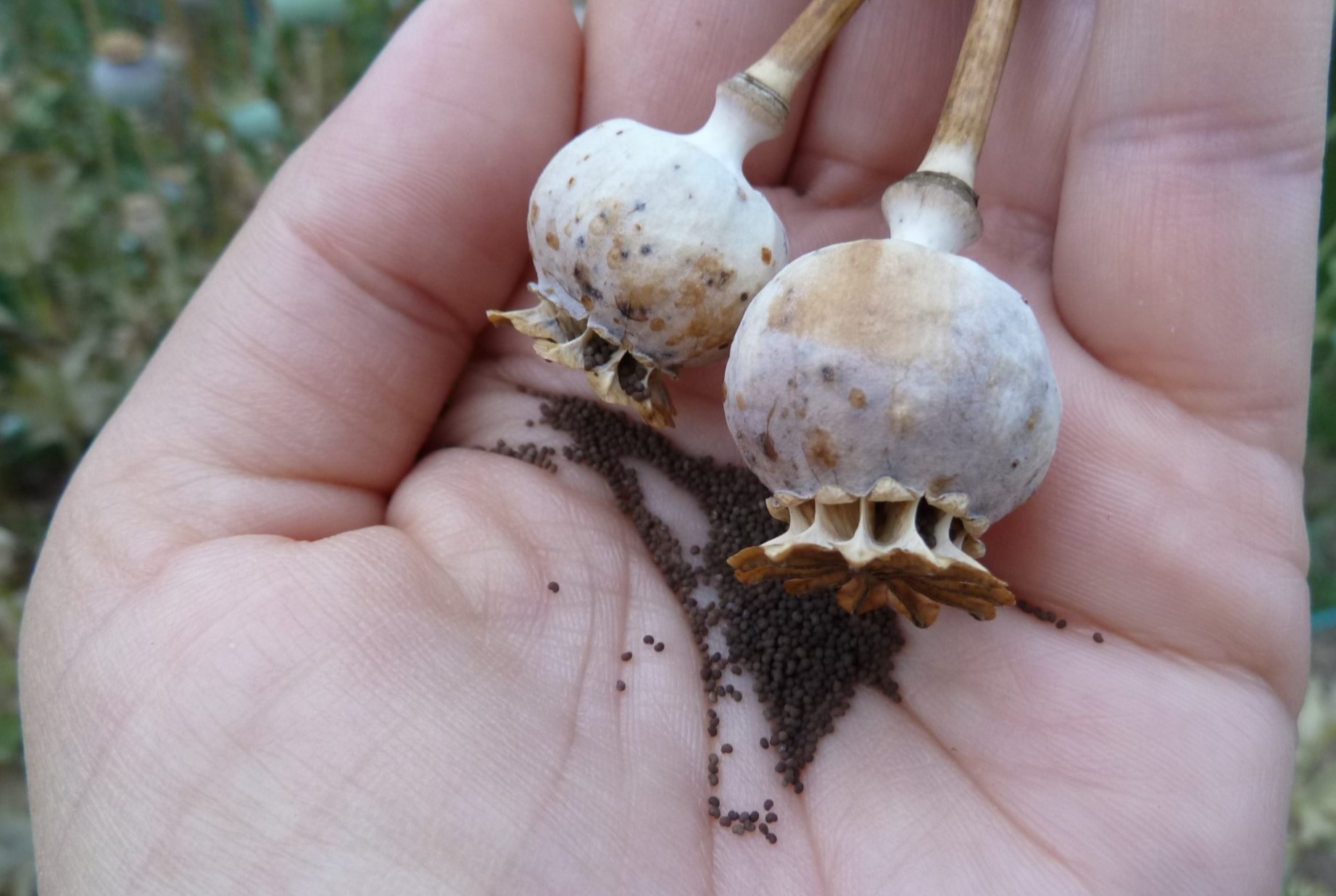
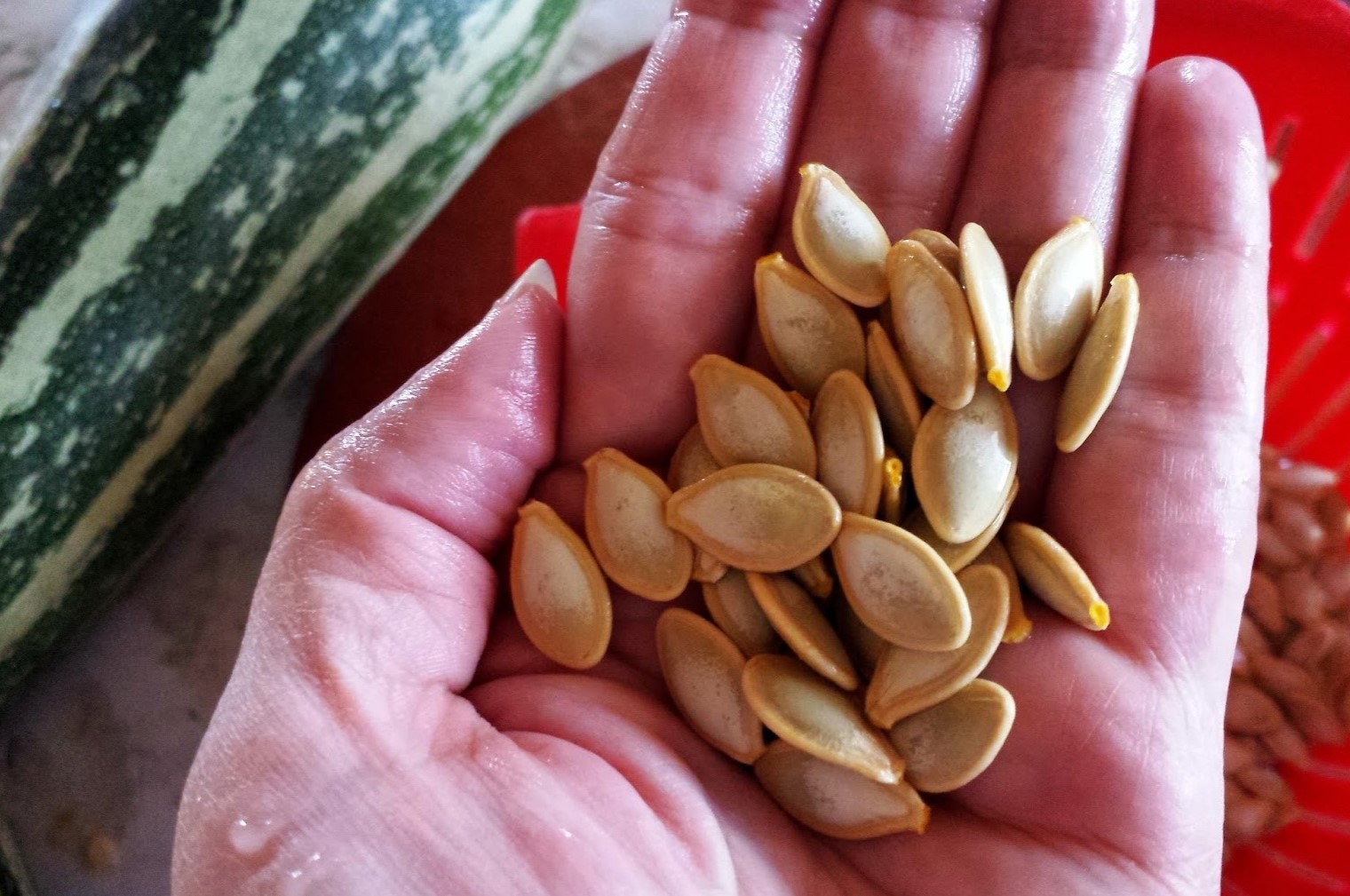
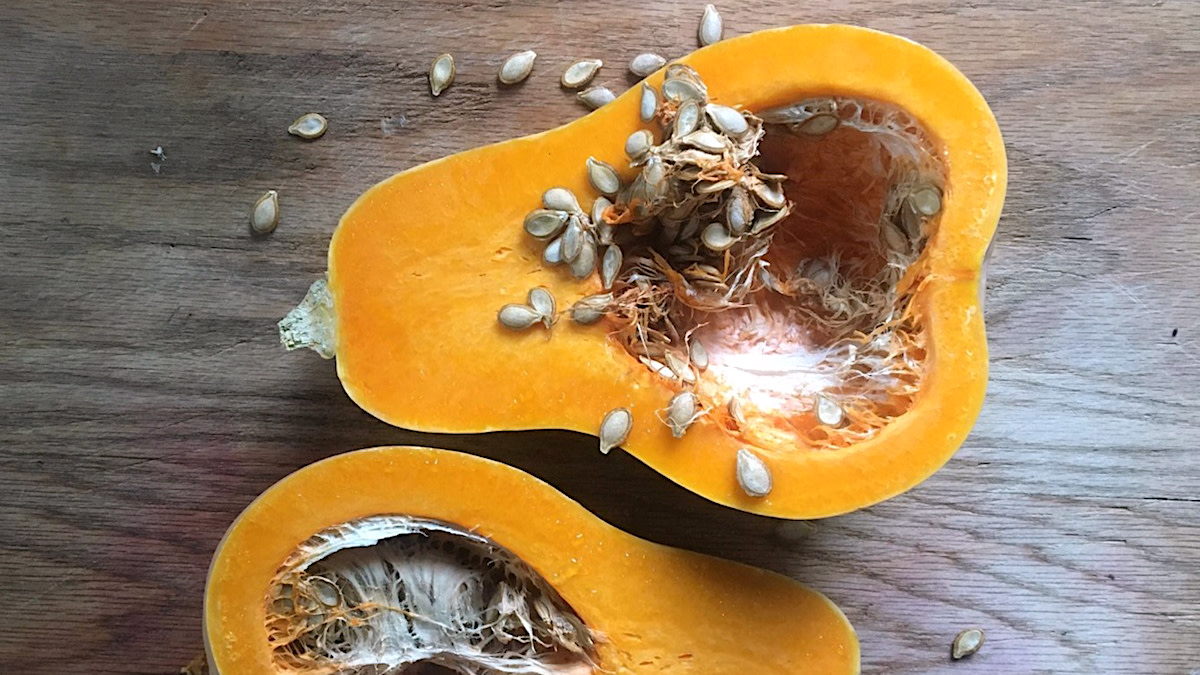
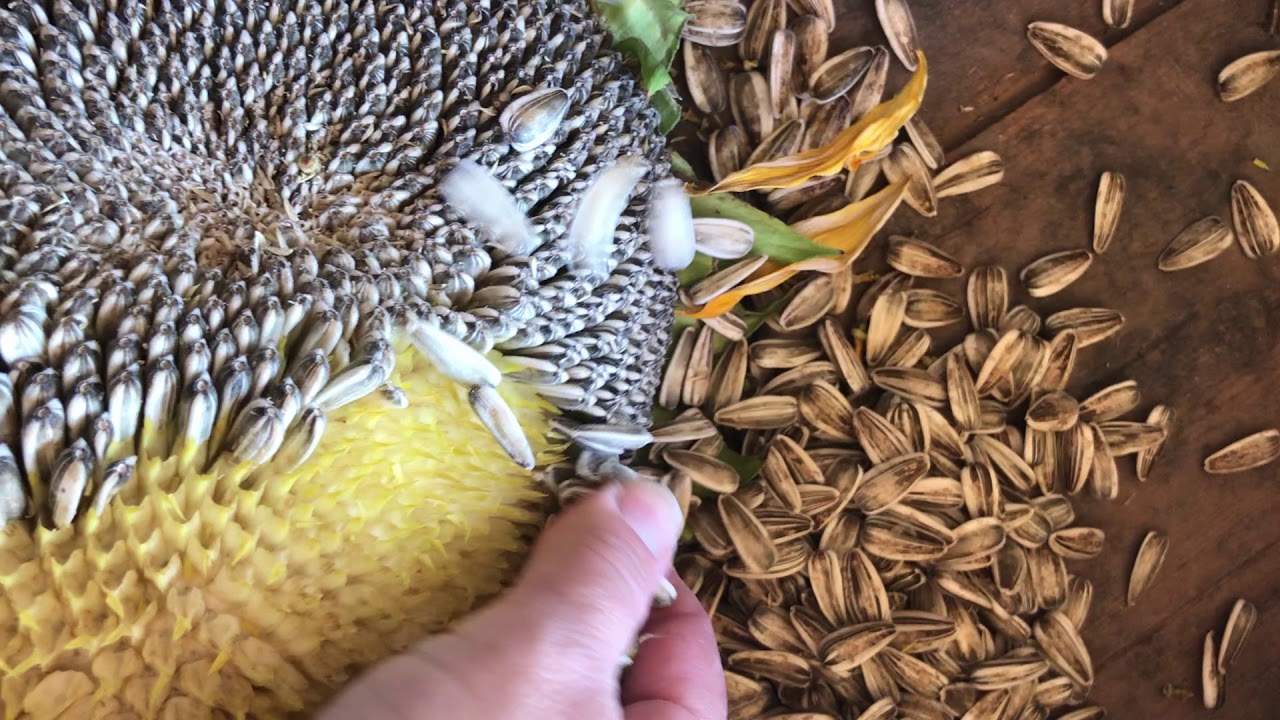
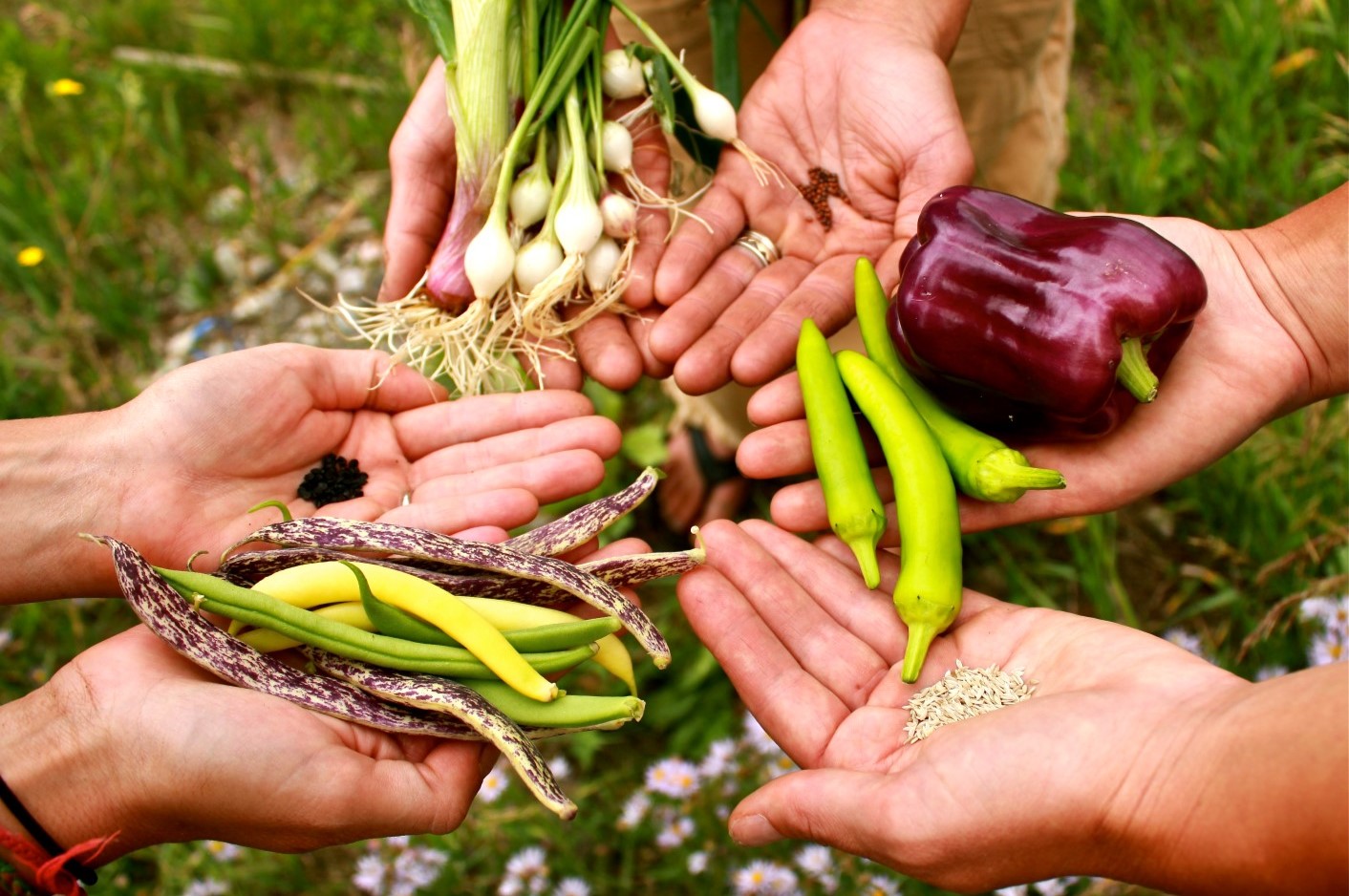

0 thoughts on “How To Save Bitter Melon Seeds”